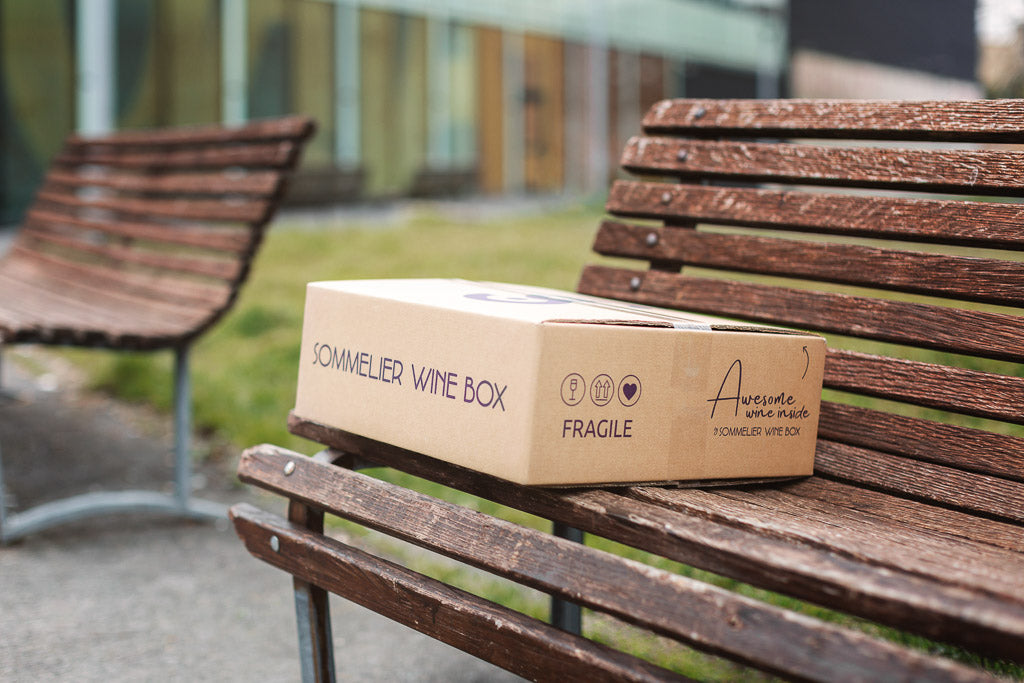Tasting a wine is a ritual: a set of well-defined but no less exciting actions and gestures. The tasting starts with sight - "like in love" according to Veronelli - then requires activating smell , touch and taste . The last chapter begins after swallowing and concerns the immediate memory that wine leaves us: the persistence of wine.
Here's what you need to know about the persistence of wine , summarized in 4 questions and as many answers.
1. What is meant by the persistence of a wine?
These are all the sensations that are perceived after swallowing , perceived on a gustatory and olfactory level, when exhaling . In practice, it is the result of the interaction of saliva with the aromatic components of the wine, which are released because our body temperature is higher than that of the wine.
2. How do you practically evaluate the persistence of a wine?
You count the seconds in which these sensations persist , chewing air empty at the rate of one chew per second. The evaluation of persistence concerns the entire aromatic and gustatory spectrum.
But be careful: any acidic or bitter notes that persist for a long time do not contribute to defining the persistence of the wine.
3. Other important aspects for understanding the persistence of a wine?
In addition to the duration , the quality is also evaluated and a correspondence of scents and flavors is expected between what is perceived before, in the taste, and the aftertaste sensations.
4. How are wines classified based on persistence?
There are various nomenclatures, however they all agree in not considering acceptable a wine that is too short , i.e. one whose persistence is less than 3 seconds. After that the nuances vary from little to very persistent . It goes without saying that a long persistence is expected from a great wine: the more persistent a wine is, the higher its quality .
Having said this, it is clear that the evaluation of persistence must be done keeping in mind the type of wine you are tasting.




